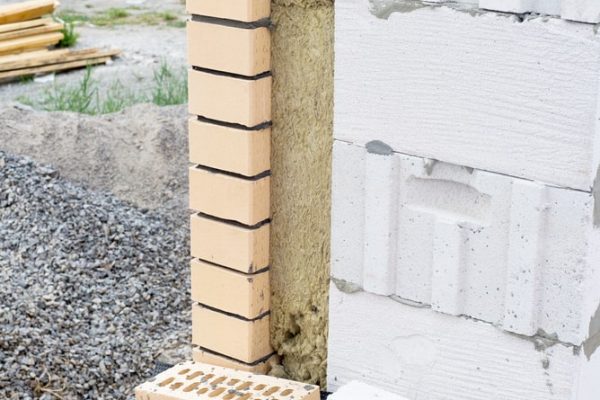A quick recap...
Are you worried your cavity wall could be failing you? You may need to look out for the symptoms of a failing cavity wall, or you could book a free survey with us today. Together we can get down to the bottom of any problems you may be facing with your cavity wall.
Did this answer any of your questions? Our friendly, professional staff would be more than happy to answer any of your queries, so please don’t be afraid to get in contact!




